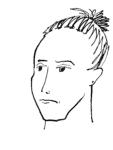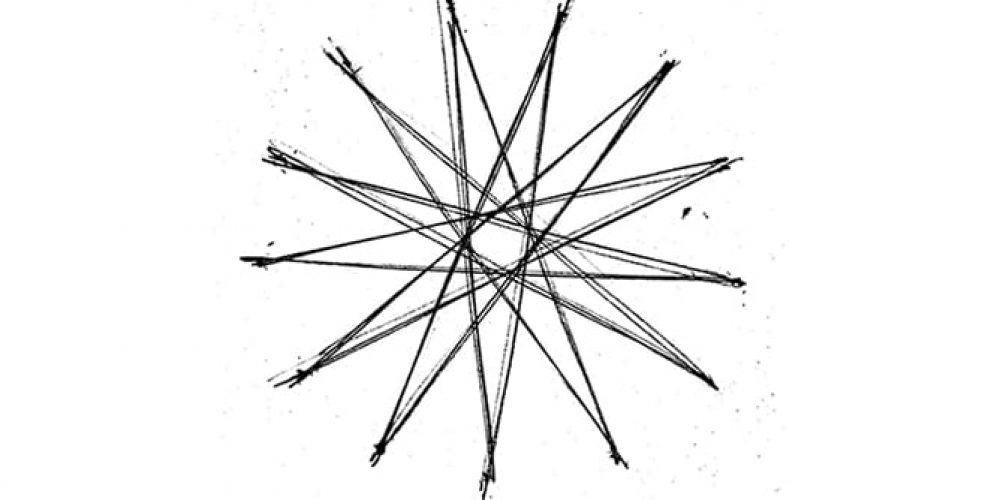If you have ever found yourself wondering why you interact with people the way you do, I have some answers for you.
The Genesis of Your Relationship Patterns
Believe it or not, you can trace your relationship patterns to your first 3 years of life. Without a doubt, your patterns are directly descended from your relationship with your primary caregivers during that time.
The foundation of your relationship patterns was forged when you were less than 5 years old.
Maybe you have a hard time believing this idea, and that’s not surprising. Because you live in a society that teaches you that if you “blame” your current functioning on your childhood you are failing to take responsibility for yourself. Predictably, society says that you are a whiny baby and that you need to “just pull up your bootstraps and deal with your life.”

Taking Responsibility for Yourself
Here’s why “pulling up your bootstraps and dealing with your life” must include looking at your past, recognizing how your childhood affects your current functioning, and integrating that into your life today.
As I mentioned in a previous blog, for the first year of your life, ideally, you are given everything you want just as soon as you want it. In fact, very early on, your need is often met before the need even becomes apparent to you. At this time, you have no idea that everything you need comes from another human being. That is because you are essentially merged with your caregiver and she is perfect. As a result, you are perfect and the world is a good place. However, if your needs are not met optimally, you experience that there is something wrong with you and that the world is a bad place. When this happens, the bad feeling goes on for the rest of your life, mostly unconsciously. Henceforth, it drives the way you interact with people throughout your life.

How to Change
To change it, you must revisit your childhood, recognize, acknowledge and experience again the wish to be merged with a perfect caregiver. And deal with the fact that you cannot be. Consequently, you must re-experience that original disappointment consciously and work through it. From there, change can be made that will fundamentally alter the way you interact with other people and the world. All other forms of intervention will only bring you temporary relief.
The Building Blocks
A perfect merging experience is not the only thing you need as a child. First, you need someone to be a mirror for you. A mirror who recognizes and reflects your capabilities and talents. Second, you need a “twin,” who gives you the sense of being the same as someone else, and not alone. Ideally, you need a caregiver who can provide these things optimally. Someone who can be idealized, and model the template for how to care for yourself.
So, when these developmental needs of yours are not met optimally, (and they never are), you will search for, and often find, at least temporarily, the merger, twinship, mirroring and idealization that you missed. Unfortunately, your friends and lovers will inevitably fail in merging, twinning, mirroring and being ideal for you. Then you will be angry with them for that failure. Of course, you will not know it, because it will be unconscious. However, it will affect every relationship you are in.

When Your Patterns Fail You
Again and again, you will manage with the rational, logical skills you have been taught to deal with your anger. And these will get you through most difficulties in your life. But, if they don’t, or if you want to fundamentally change the way your relationships play out, you must address your unmet childhood needs.
In a nutshell, you must work on the foundations of your relationship patterns.
Ready to get to work? Call me. We’ll talk.

Contact me now
And set up your free 15-minute phone consultation.








